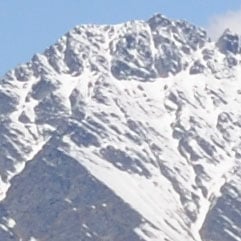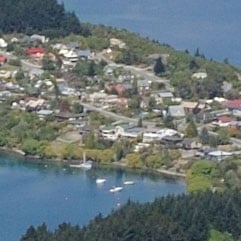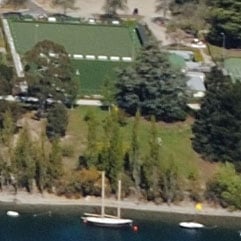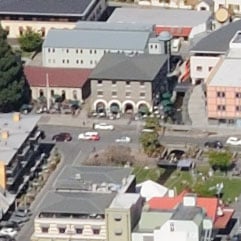Canon EOS 7D
-
-
Written by Gordon Laing
Canon EOS 7D vs Canon EOS 50D vs Canon EOS 5D Mark II Real-life resolution (RAW files matched)
Canon EOS 7D vs Canon EOS 50D vs Nikon D300s Real-life resolution (RAW files matched)
The image above was taken with the Canon EOS 7D at 100 ISO with an exposure of 1/320 and the lens set to 24mm f8; the original RAW file measured 26MB. The crops below are taken from the areas marked with the red squares and presented here at 100%. In this set of crops, we’ve repeated those from the Canon EOS 50D and EOS 7D, and added the Nikon D300s. As a 12 Megapixel camera, the Nikon is the lowest resolution model of the group tested here, hence the larger area in its crops. We processed the D300s RAW file using Nikon’s Capture 2 NX, and manually took a grey-point reading from the image to match that of the Canon bodies. We kept the sharpening on the D300s at its default, as this roughly matched that on the final two rows of crops, although the Canon’s look sharper in the second row. You can of course boost it on the D300s further if desired. Once again with white balance and sharpening roughly matched, you’re essentially looking at the difference between sensor resolutions and optics here. So once again the D300s, as the lowest resolution body here, unsurprisingly records the least detail, although it’s very close to the EOS 50D, which itself isn’t that far behind the EOS 7D. While the differences outside of a studio chart environment aren’t as significant as you might hope, the bottom line is the EOS 7D under bright conditions and at a low sensitivity (and with a decent lens), will out-resolve the Nikon D300s, whether shooting JPEGs or RAW files. No great surprise there, but now let’s see what impact those sensor resolutions and technologies have at higher sensitivities in our Canon EOS 7D High ISO JPEG Noise results page.
|
Canon EOS 7D results continued…
Real-life resolution JPEG / RAW / High ISO Noise JPEG / RAW
|
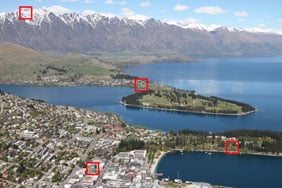 | To compare real-life performance we shot the same scene with the Canon EOS 7D, EOS 50D and EOS 5D Mark II within a few moments of each other using their RAW modes and base sensitivities. Scroll down for comparisons against the Nikon D300s and see the previous page for JPEG results. Each camera was fitted with the same Canon EF 24-105mm f4L IS lens, set to f8 in Aperture Priority mode and adjusted to deliver the same field of view. |
The image above was taken with the Canon EOS 7D at 100 ISO with an exposure of 1/320 and the lens set to 24mm f8; the original RAW file measured 26MB. The crops below are taken from the areas marked with the red squares and presented here at 100%.
Below you’re looking at images taken with the EOS 50D, EOS 7D and EOS 5D Mark II, sporting 15.1, 18 and 21.1 Megapixels respectively. As such, the cropped area from each model becomes smaller as the resolution increases. As before, all three cameras were fitted with the same EF 24-105mm f4.0L IS lens, adjusted to deliver the same field of view – this entailed zooming-in a little on the EOS 5D Mark II to compensate for its lack of field reduction.
The RAW files were processed in Canon’s Digital Photo Professional software, with the settings adjusted to match the sharpness for a level playing field. Despite their visible differences in JPEG sharpening by default, we found the EOS 50D and EOS 7D actually shared a similar degree of sharpness in their RAW files, with the same settings in DPP delivering similar output. The EOS 5D Mark II’s RAW files were inherently much sharper though, so we started with DPP’s default setting of 3 for each camera and adjusted them to meet somewhere in-between.
As such we increased DPP’s sharpening to five for both the EOS 50D and EOS 7D, and reduced it down to two for the EOS 5D Mark II. These settings delivered a similar degree of sharpness for the crops below. We also enabled DPP’s lens aberration correction, to greatly reduce the coloured fringing seen on the previous page of JPEG comparisons.
With all three cameras employing the same image processing parameters and their sharpening adjusted to match, you’re effectively seeing the difference between their relative sensor resolutions below (plus of course any differences in lens performance discussed on the previous page).
As you’d expect, the level of real-life detail increases with the sensor resolution, although perhaps not by as much as the differences in numbers suggests. The EOS 7D therefore records more than the EOS 50D, and the EOS 5D Mark II more again, but the latter also enjoys an overall edge in crispness, even with its sharpening reduced slightly in DPP. As discussed on the previous page, this could be the benefit of the larger pixel pitch of the 5D Mark II placing lower demands on the lens resolution, in addition to the lens perhaps performing slightly better when zoomed-in a little.
Either way, as concluded on the previous page, the EOS 5D Mark II retains the honour of producing the best-looking images from Canon’s current DSLR range (at the time of writing). In the meantime, the EOS 7D falls roughly between it and the EOS 50D in terms of real-life detail, but the actual difference between it and the 50D when the sharpening is matched can be pretty subtle at 100 ISO. And once again remember you’ll need a decent lens to even see these differences.
Now scroll down to see how the EOS 7D’s RAW output compares against that from its arch rival, the Nikon D300s, or head straight over to our Canon EOS 7D High ISO JPEG Noise page where you can see how all four cameras compare throughout their sensitivity ranges.
Canon EOS 50D RAW with Canon EF 24-105mm IS DPP with 5 sharpening |
Canon EOS 7D RAW with Canon EF 24-105mm IS DPP with 5 sharpening |
Canon EOS 5D Mark II RAW with Canon EF 24-105mm IS DPP with 2 sharpening | ||
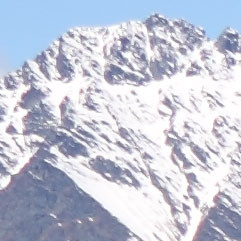 |
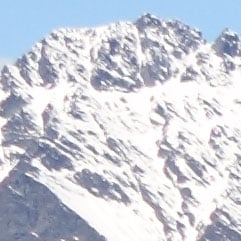 |
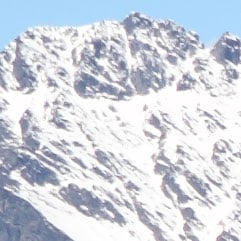 | ||
100 ISO |
100 ISO |
100 ISO | ||
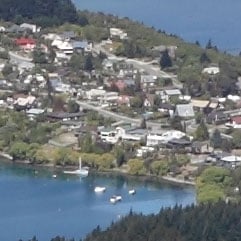 |
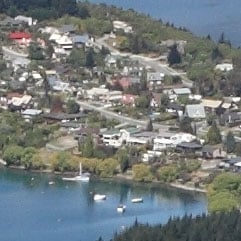 |
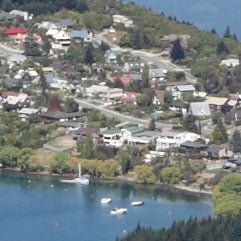 | ||
100 ISO |
100 ISO |
100 ISO | ||
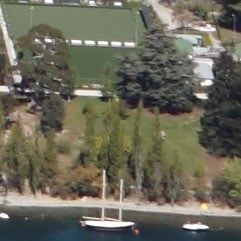 |
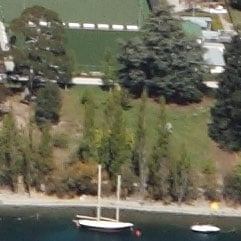 |
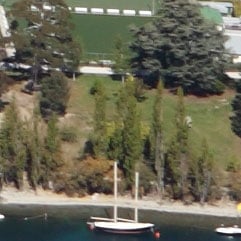 | ||
100 ISO |
100 ISO |
100 ISO | ||
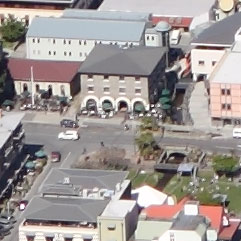 |
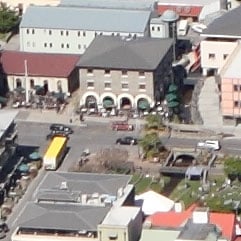 |
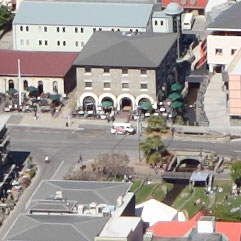 | ||
100 ISO |
100 ISO |
100 ISO |

